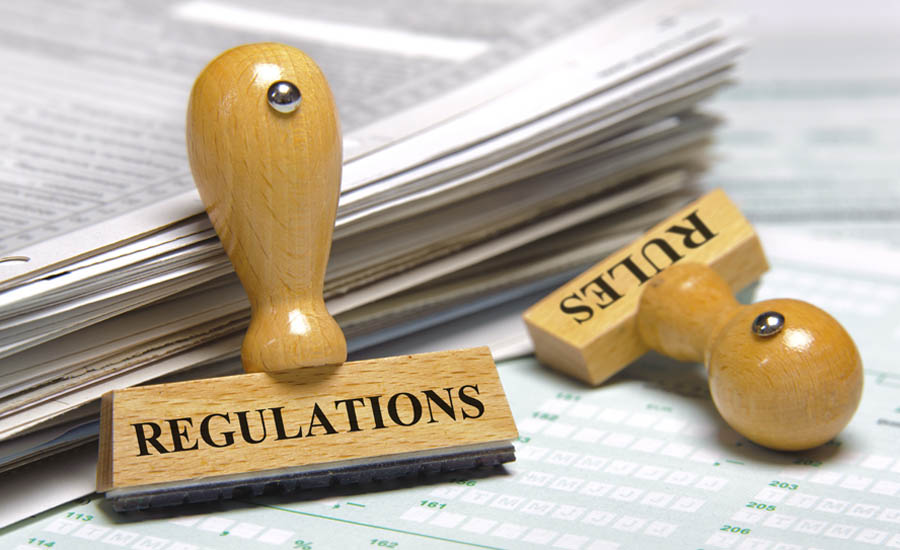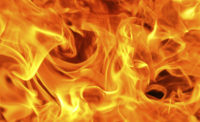California adopts emergency reg to protect outdoor workers from wildfire smoke

Last year was the most destructive fire season in California’s history. Over 7,600 wildfires burned nearly two million acres. As a result, on July 18, the California Department of Industrial Relations (DIR) Occupational Safety Health Standards Board adopted an emergency regulation to protect workers from hazards associated with wildfire smoke. The regulation is now in effect, following its approval on July 29, 2019, by the Office of Administrative Law.
The emergency regulation will be effective for one year, and applies where the current Air Quality Index (AQI) for airborne particulate matter (PM) 2.5 is 151 or greater (the AQI scale is from 0 to 500, and a 151 AQI is considered “unhealthy”), or where employers should reasonably anticipate that employees could be exposed to wildfire smoke.
The regulation specifically exempts worksites that are indoors and where the air is filtered by mechanical ventilation. It also exempts outdoor worksites where the employer can show the AQI level does not exceed 151, or where the AQI level is 151 or greater for one hour or less during a shift. Firefighters are also exempt from this regulation.
California employers must determine employee exposure to PM 2.5 for worksites covered by this section before each shift and periodically thereafter by:
- Checking state and government websites to determine the current AQI for PM;
- Obtaining AQI forecasts and the current AQI for PM directly from the Environmental Protection Agency or state or local agencies; or
- Measuring PM 2.5 levels at the worksite and converting the PM 2.5 levels to the corresponding AQI.
After determining employee exposure, employers are responsible for communicating to affected employees the current AQI level for PM 2.5 and the protective measures available to employees to reduce their wildfire smoke exposure.
Employers must also provide training or relevant information about smoke exposure to affected employees.
If an employer discovers the AQI is above 151, it must implement controls to reduce employee exposure. This includes, but is not limited to, providing respiratory protection or administrative controls, including relocating work to a location where the current AQI for PM 2.5 is lower than 151, changing work schedules, reducing work intensity, or providing additional rest breaks.
Source: The National Law Review www.natlawreview.com
Looking for a reprint of this article?
From high-res PDFs to custom plaques, order your copy today!




